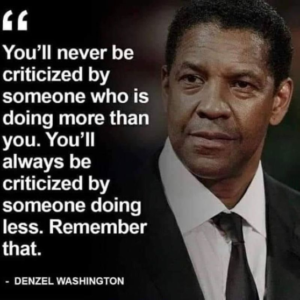Features and Benefits of Adaptive Clothing
Adaptive Clothing: Enhancing Comfort and Accessibility for Older Adults
Adaptive clothing is specifically designed to meet the needs of individuals with physical disabilities, mobility challenges, or those who require assistance with dressing. This type of clothing is particularly beneficial for older adults who may experience difficulties due to conditions such as arthritis, Parkinson’s disease, stroke, or general age-related physical limitations. Here are some key features and benefits of adaptive clothing:
Key Features of Adaptive Clothing
- Easy Fastenings
- Velcro and Magnetic Closures: Replacing traditional buttons, zippers, and hooks with Velcro or magnetic closures makes it easier for individuals with limited dexterity to dress and undress independently.
- Snap Closures: Snaps can be easier to manage than buttons and are often used in adaptive clothing designs.
- Adjustable and Expandable Designs
- Elastic Waistbands: Pants, skirts, and shorts with elastic waistbands provide a comfortable fit and ease of use for individuals with fluctuating weight or abdominal sensitivities.
- Adjustable Sleeves and Hems: Clothing with adjustable lengths can accommodate various needs, such as swelling in the limbs.
- Open-Back and Side-Opening Designs
- Open-Back Shirts and Dresses: These garments allow caregivers to dress individuals from a seated or lying position, reducing the need for extensive movement.
- Side-Opening Pants: Pants with side openings or full-length zippers along the legs make dressing easier for those who are seated or have limited lower body mobility.
- Seamless and Tag-Free Options
- Flat Seams and No Tags: Clothing designed without tags and with flat seams can help prevent skin irritation and discomfort, which is particularly important for individuals with sensitive skin.
- Non-Slip Socks and Footwear
- Grip Socks: Socks with non-slip soles reduce the risk of falls.
- Adaptive Shoes: Shoes that open wide and have easy fastening systems (Velcro, elastic laces) accommodate swollen feet and make it easier to put on and take off footwear.
- Wheelchair-Friendly Designs
- High-Backed Pants: Pants with a higher back rise provide better coverage and comfort for wheelchair users.
- Capes and Ponchos: These outerwear options are easier to put on than traditional coats and provide warmth and protection for wheelchair users without hindering movement.
Benefits of Adaptive Clothing
- Increased Independence
- Adaptive clothing allows older adults to dress themselves with minimal assistance, promoting a sense of independence and dignity.
- Enhanced Comfort
- The use of soft, breathable fabrics and designs that reduce pressure points contribute to greater comfort throughout the day.
- Improved Safety
- Features like non-slip socks and easy-to-use closures reduce the risk of accidents and injuries during dressing and undressing.
- Caregiver Convenience
- Caregivers can dress and undress individuals more quickly and with less physical strain, making daily routines more efficient and less stressful.
- Dignity and Style
- Modern adaptive clothing is designed to be both functional and stylish, allowing individuals to maintain their personal sense of fashion and dignity.
Examples of Adaptive Clothing Brands
- Silverts: Offers a wide range of adaptive clothing for men and women, including open-back tops, side-zip pants, and adaptive footwear.
- Tommy Hilfiger Adaptive: This line includes fashionable adaptive clothing with magnetic closures, adjustable hems, and easy-open necklines.
- Buck & Buck: Specializes in adaptive clothing for seniors, providing options like open-back dresses, adaptive sleepwear, and wheelchair-friendly designs.
- IZ Adaptive: Focuses on stylish, accessible clothing with features like magnetic buttons and easy-access zippers.
Adaptive clothing plays a crucial role in enhancing the quality of life for older adults with physical challenges. By combining functionality, comfort, and style, adaptive clothing helps individuals maintain their independence, ensures comfort, and supports caregivers in their roles. As the demand for adaptive clothing grows, more brands are innovating to meet the diverse needs of this population, making it easier for everyone to dress with dignity and ease.


_01.jpg&ehk=B1PI2a%2bisZYPAdBITVZjzYNtzpmaAL4810EG8Na4JdU%3d&risl=&pid=ImgRaw&r=0)










